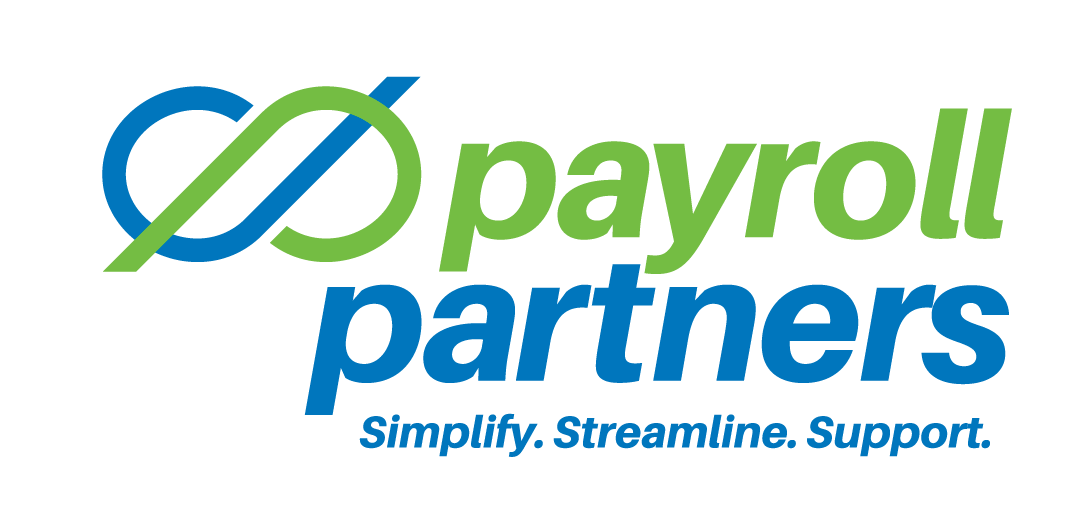18 Apr Time Clocks Play More than a Policing Role
If your company still uses a manual time tracking system, you are probably losing time and money, as well as opportunities to streamline payroll and labor management.
Much of the extra cost comes from errors and the time that managers and payroll personnel spend on labor-intensive tasks, such as:
- Monitoring early and late sign-ins and sign-outs.
- Complying with federal and state laws, as well as union contract rules.
- Forecasting and scheduling to meet normal staffing needs and high workload periods.
- Tracking tardiness, break times, vacation days, absences, as well as finding employees to fill in.
The bottom line: You may want to not only install a time clock but consider a high-tech time and attendance system that can help save time and money. These systems can ensure that your company’s investment in people is paying off.
Basic systems provide routine tracking of employee log-in and log-out times, and can automatically report each employee’s hours to your company’s payroll processor at the end of the pay period. This increases time-tracking accuracy and boosts productivity by trimming the time spent computing work hours, chasing down missing time cards, and deciphering handwriting.
But time systems don’t stop there. More advanced software can free up management and payroll time by performing several key tasks, including:
1. Scheduling. Software can take historical and other data and predict staffing needs. It then creates schedules to cover shifts and high demand periods based on employee availability and skills. An analysis of forecast data and previous schedules can highlight areas that management may need to strengthen. Managers can also create and maintain schedules for their own departments, as well as set rules governing unpaid or paid break times, holidays and authorized overtime.
2. Containing costs. Generally, this software categorizes time into three categories: regular time, overtime or special time, each of which is associated with pay rates and schedules. Systems can be set to alert management when an employee’s work hours approach the overtime threshold and allow overtime only with approval. These systems can also lower time theft by authorizing wages only for employees’ actual schedules regardless when they logged in or logged out. Managers can override restrictions to approve additional time.
3. Analyzing labor expenses. Software can be set to identify individual employees assigned to a job and generate reports by project, department and employee. Management can generate reports on labor distribution, budget to actual spending, and project overtime and other information your company needs.
4. Strengthening compliance. You can even use software to monitor various regulatory requirements such as state or federally mandated breaks, tip reporting, vacation time, and hours worked by minors. The systems can also track compliance with union negotiated terms such as overtime and job descriptions.
Employee time and attendance systems range in cost, depending on the number of employees and locations, as well as the degree of reporting and customization desired. But in the end, your company could achieve a positive return on investment in a relatively short period of time. Payroll Partners can handle this chore for your company as part of your services.
Payroll Partners is committed to helping clients stay informed about payroll and human resource news, developments and current events. This article is intended to provide readers with general information on human resources matters. The article does not constitute, and should not be treated as professional advice regarding the use of any particular human resources practice. All efforts have been made to assure the accuracy of the information. Payroll Partners does not assume responsibility for any individual’s reliance upon the information provided in the article. Readers should independently verify all information before applying it to a particular fact situation, and should independently determine the impact of any particular human resources practice. If you are seeking human resources advice, you are encouraged to consult a human resources professional.


